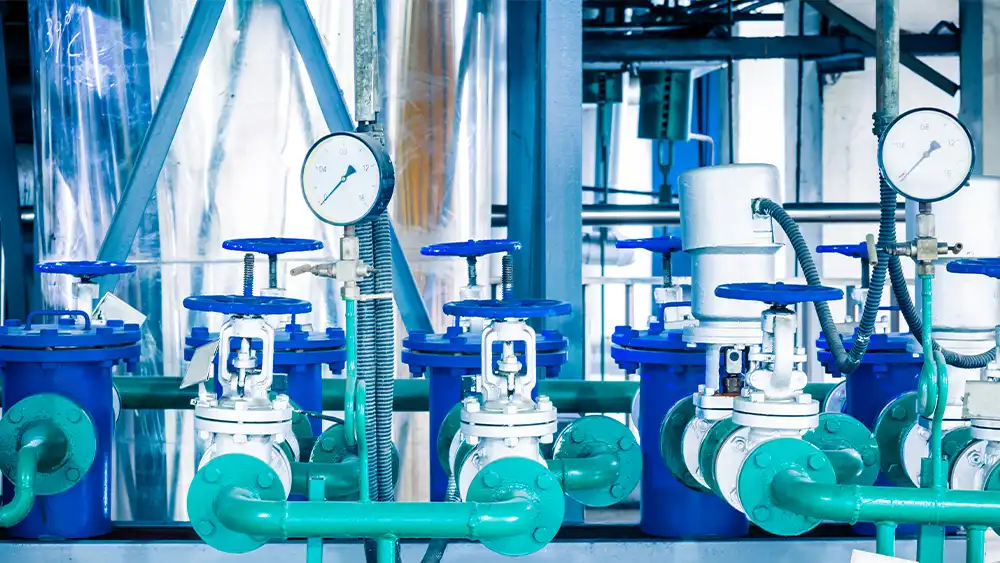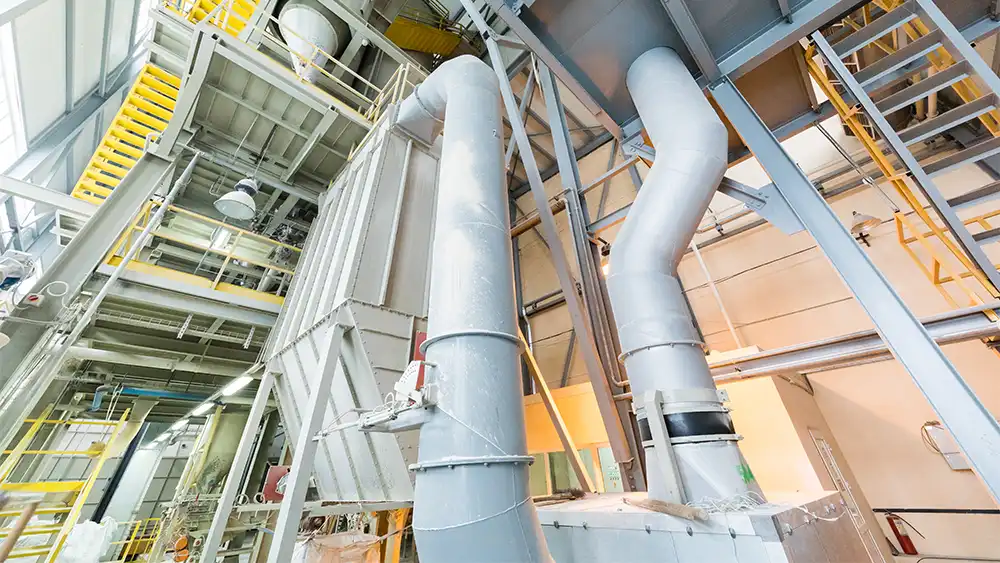Top Astonishing Facts about Industrial Pumps and the History of Pumps

Industrial pumps are critical components in many sectors, including manufacturing, oil and gas, water treatment, and agriculture. These pumps ensure the smooth transfer of liquids, slurries, or gases across systems, contributing to operational efficiency and safety. The history of pumps is long and fascinating, as they have evolved from simple mechanical devices to complex, automated machines. In this blog post, we will explore the most astonishing facts about industrial pumps and trace their historical development.
The Early Origins of Pumps
The history of pumps dates back thousands of years, beginning with simple devices like the Shadoof in ancient Egypt around 2000 BC. Early innovations such as Archimedes’ screw in the 3rd century BC laid the groundwork for fluid handling technology. These primitive pumps were essential for irrigation and water management, enabling civilizations to thrive. As we can read more here, today, the pump industry has evolved dramatically, with a wide range of manufacturers producing specialized pumps for diverse applications. Different companies lead the market, offering everything from centrifugal pumps for industrial use to submersible pumps for water treatment. Each manufacturer tailors its products to meet the specific demands of sectors such as oil and gas, agriculture, and municipal services, reflecting the evolution from ancient, rudimentary designs to highly sophisticated modern systems.
The Rise of Mechanical Pumps in the 17th Century
While ancient civilizations used rudimentary pumps for irrigation and drainage, the 17th century saw the development of the piston pump. German engineer Otto von Guericke is credited with creating the first mechanical air pump in 1650, which laid the groundwork for more advanced pump designs. The piston pump’s ability to transfer fluids through suction and pressure made it ideal for water supply and mining applications. This marked a pivotal moment in pump history, as mechanical pumps became essential tools for various industries, particularly during the Industrial Revolution.
The Industrial Revolution and the Pumping Industry

The Industrial Revolution in the late 18th and early 19th centuries brought unprecedented demand for reliable and efficient pumps. Factories, steam engines, and urbanization all required improved water management, and fueling pump innovation. James Watt, known for his steam engine improvements, also contributed to the evolution of pumps by incorporating steam power into pump designs. This era gave birth to the centrifugal pump, which became the standard for industrial use. Centrifugal pumps, which utilize rotational energy to move fluids, are still widely used today in industries ranging from oil and gas to chemical processing.
Centrifugal Pumps: The Workhorse of Industries
Centrifugal pumps, first patented by Denis Papin in 1689, have become one of the most common types of pumps in industrial applications. These pumps use a rotating impeller to generate centrifugal force, moving fluids through a piping system. Their simplicity, reliability, and versatility make them the preferred choice for handling large volumes of liquids. Centrifugal pumps are essential in many processes, including cooling systems, wastewater treatment, and power generation. One astonishing fact is that centrifugal pumps account for more than 75% of all pump installations worldwide, highlighting their dominance in the industrial sector.
The Development of Submersible Pumps
Another significant innovation in pump technology was the development of submersible pumps in the early 20th century. Invented by Armais Arutunoff in 1928, these pumps can operate while fully submerged in liquid, making them ideal for underwater or deep-well applications. Submersible pumps are commonly used in groundwater extraction, oil production, and wastewater management. Their ability to function in extreme environments, such as deep wells or contaminated water, showcases the advancement of modern pump design and engineering.
Modern Advancements in Pump Technology
Today’s industrial pumps are a far cry from the rudimentary devices of ancient times. Technological advancements have led to the development of smart pumps equipped with sensors, automation, and remote monitoring capabilities. These pumps can adjust their performance in real time based on system conditions, optimizing efficiency and reducing energy consumption. Variable frequency drives (VFDs), for example, allow pumps to modulate their speed to match fluid demand, significantly lowering operational costs. The integration of Internet of Things (IoT) technology into industrial pumps has also revolutionized maintenance, as issues can be detected early, reducing downtime and repair costs.
Astonishing Fact: The Energy Efficiency of Modern Pumps
One of the most astonishing aspects of modern industrial pumps is their energy efficiency. According to the U.S. Department of Energy, pumps account for nearly 20% of the world’s electrical energy consumption, but recent technological advancements have made it possible to reduce energy usage by up to 50%. This is achieved through better design, improved materials, and smart systems that regulate pump operation. Energy-efficient pumps are essential for industries looking to reduce their carbon footprint and save on energy costs, making them a crucial component of sustainable industrial practices.
The Future of Pump Technology
The future of industrial pumps looks promising, with ongoing innovations aimed at improving performance, energy efficiency, and environmental impact. One area of focus is the development of magnetic drive pumps, which eliminate the need for seals and reduce the risk of leaks, making them safer for handling hazardous materials. Additionally, 3D printing is expected to revolutionize pump manufacturing, allowing for the creation of customized, more efficient pump components. As industries continue to demand more sustainable and reliable solutions, pump technology will likely evolve to meet these challenges.
Conclusion
The history and development of industrial pumps are a testament to human ingenuity and the need for efficient fluid-handling systems. From ancient Egypt’s Shadoof to modern IoT-enabled smart pumps, the evolution of pumps has been driven by the ever-increasing demands of various industries. Today, industrial pumps are at the heart of many critical processes, contributing to everything from water supply and energy production to environmental sustainability. With continued advancements in technology, the future of industrial pumps promises even greater efficiency, reliability, and innovation.

news via inbox
Sign up and never miss out on the latest news and updates at HighStuff




